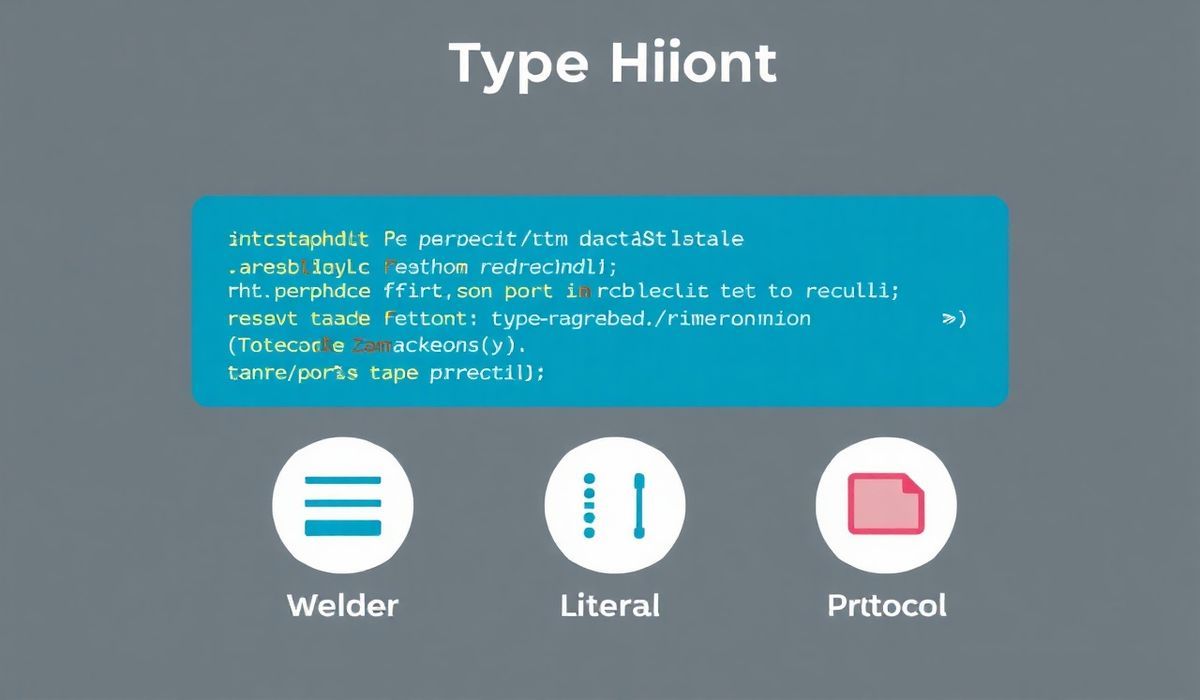Understanding TensorFlow Estimator for Machine Learning
TensorFlow Estimator is a high-level TensorFlow API that simplifies machine learning model development and training. It provides built-in methods for common tasks such as training, evaluation, and prediction, making it highly efficient for both beginners and experienced developers. This guide offers a comprehensive overview of the Estimator API, its key methods, and examples of creating machine learning models.
Key Features of TensorFlow Estimator
- Predefined model templates and tools for creating custom models.
- Efficient management of input pipelines using
tf.data.Dataset. - Seamless model training, evaluation, and export functionalities.
- Support for distributed training on multiple GPUs or machines.
How to Use TensorFlow Estimator
The TensorFlow Estimator workflow revolves around four key components:
- Define a Model Function: The logic for training, evaluation, and prediction is written in a model function.
- Create an Input Function: Input data is fed into the model using input functions based on the
tf.data.DatasetAPI. - Train and Evaluate the Model: Use methods like
trainandevaluate. - Export the Model: Save a trained model for production use with
export_saved_model.
API Demonstrations
Creating a TensorFlow Estimator
import tensorflow as tf
def model_fn(features, labels, mode):
# Define a simple linear model: y = W*x + b
W = tf.Variable([0.0], trainable=True, name='weight')
b = tf.Variable([0.0], trainable=True, name='bias')
y = W * features['x'] + b
# Calculate loss for training mode
if mode == tf.estimator.ModeKeys.TRAIN:
loss = tf.reduce_mean(tf.square(y - labels))
optimizer = tf.train.GradientDescentOptimizer(learning_rate=0.01)
train_op = optimizer.minimize(loss, global_step=tf.train.get_global_step())
return tf.estimator.EstimatorSpec(mode=mode, loss=loss, train_op=train_op)
# Inference or prediction mode
predictions = {'result': y}
return tf.estimator.EstimatorSpec(mode=mode, predictions=predictions)
# Create an Estimator
estimator = tf.estimator.Estimator(model_fn=model_fn)
Defining an Input Function
def input_fn(train_data, labels, batch_size):
dataset = tf.data.Dataset.from_tensor_slices(({'x': train_data}, labels))
dataset = dataset.shuffle(buffer_size=1000).batch(batch_size).repeat(count=1)
return dataset
Training the Model
Here’s how you can train the model using the train method.
# Sample data train_data = [1.0, 2.0, 3.0, 4.0, 5.0] labels = [2.0, 4.0, 6.0, 8.0, 10.0] batch_size = 2 # Train the estimator estimator.train(input_fn=lambda: input_fn(train_data, labels, batch_size), steps=1000)
Evaluating the Model
# Evaluate the performance on a validation set
eval_result = estimator.evaluate(input_fn=lambda: input_fn([6.0, 7.0], [12.0, 14.0], batch_size))
print('Evaluation result', eval_result)
Making Predictions
# Make predictions
predictions = estimator.predict(input_fn=lambda: input_fn([8.0], labels=None, batch_size=1))
for pred in predictions:
print('Prediction:', pred['result'])
App Example Using TensorFlow Estimator
Below is a complete example of a simple application for linear regression using TensorFlow Estimator.
import numpy as np
# Training data
train_x = np.array([1.0, 2.0, 3.0, 4.0, 5.0])
train_y = np.array([2.0, 4.0, 6.0, 8.0, 10.0])
# Validation data
val_x = np.array([6.0, 7.0])
val_y = np.array([12.0, 14.0])
# Define features
feature_columns = [tf.feature_column.numeric_column('x')]
def new_input_fn(features, labels, batch_size):
dataset = tf.data.Dataset.from_tensor_slices(({'x': features}, labels))
dataset = dataset.batch(batch_size).repeat(1)
return dataset
# Initialize and train the model
estimator.train(input_fn=lambda: new_input_fn(train_x, train_y, batch_size=2), steps=200)
# Evaluate the trained model
eval_result = estimator.evaluate(input_fn=lambda: new_input_fn(val_x, val_y, batch_size=1))
print("Validation Loss:", eval_result['loss'])
# Prediction
print("Predictions:")
predictions = estimator.predict(input_fn=lambda: new_input_fn([8.0, 9.0], labels=None, batch_size=1))
for pred in predictions:
print(pred["result"])
Conclusion
The TensorFlow Estimator API greatly simplifies building and scaling machine learning models by abstracting repetitive tasks. By understanding its core components and methods, you can quickly develop robust machine learning applications tailored to your domain. Whether you’re a beginner or an experienced developer, TensorFlow Estimator is an essential tool in your ML toolkit.




